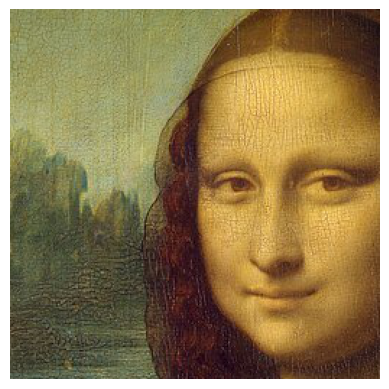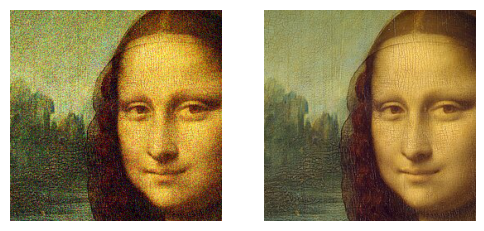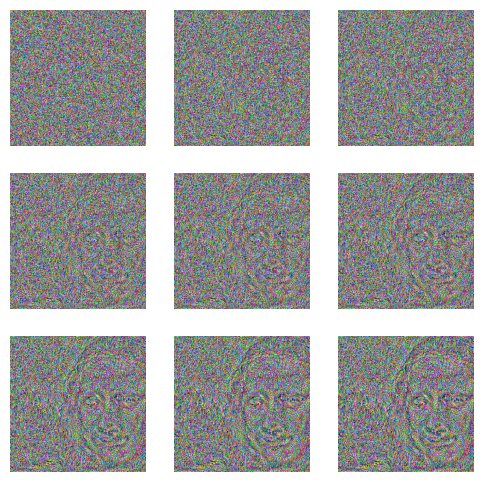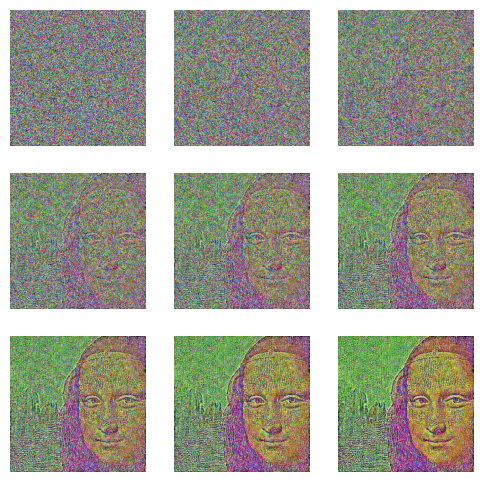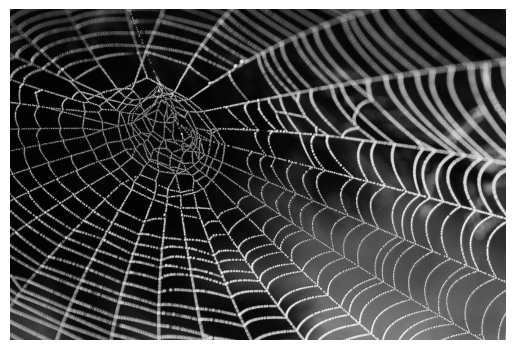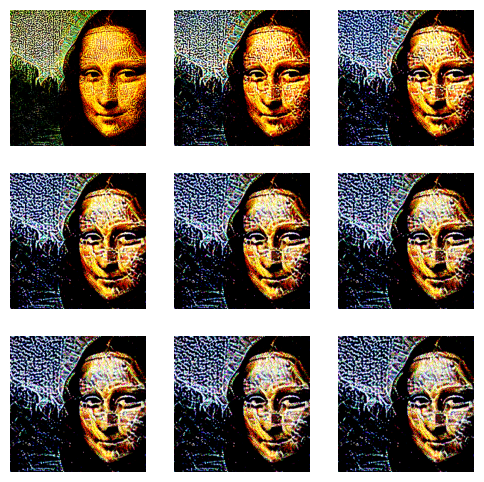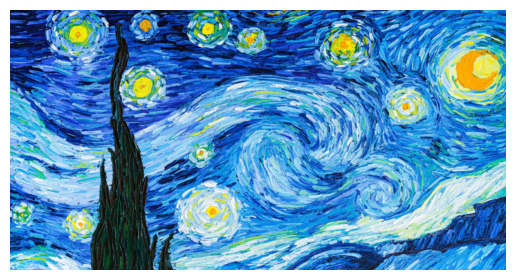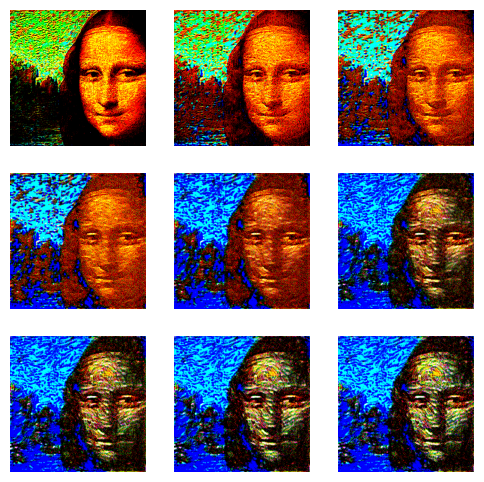GramLoss (target_img, target_layers=(18, 25), vgg=VGG( (features):
Sequential( (0): Conv2d(3, 64, kernel_size=(3, 3),
stride=(1, 1), padding=(1, 1)) (1): ReLU(inplace=True)
(2): Conv2d(64, 64, kernel_size=(3, 3), stride=(1, 1),
padding=(1, 1)) (3): ReLU(inplace=True) (4):
MaxPool2d(kernel_size=2, stride=2, padding=0, dilation=1,
ceil_mode=False) (5): Conv2d(64, 128, kernel_size=(3, 3),
stride=(1, 1), padding=(1, 1)) (6): ReLU(inplace=True)
(7): Conv2d(128, 128, kernel_size=(3, 3), stride=(1, 1),
padding=(1, 1)) (8): ReLU(inplace=True) (9):
MaxPool2d(kernel_size=2, stride=2, padding=0, dilation=1,
ceil_mode=False) (10): Conv2d(128, 256, kernel_size=(3, 3),
stride=(1, 1), padding=(1, 1)) (11): ReLU(inplace=True)
(12): Conv2d(256, 256, kernel_size=(3, 3), stride=(1, 1),
padding=(1, 1)) (13): ReLU(inplace=True) (14):
Conv2d(256, 256, kernel_size=(3, 3), stride=(1, 1), padding=(1,
1)) (15): ReLU(inplace=True) (16):
MaxPool2d(kernel_size=2, stride=2, padding=0, dilation=1,
ceil_mode=False) (17): Conv2d(256, 512, kernel_size=(3, 3),
stride=(1, 1), padding=(1, 1)) (18): ReLU(inplace=True)
(19): Conv2d(512, 512, kernel_size=(3, 3), stride=(1, 1),
padding=(1, 1)) (20): ReLU(inplace=True) (21):
Conv2d(512, 512, kernel_size=(3, 3), stride=(1, 1), padding=(1,
1)) (22): ReLU(inplace=True) (23):
MaxPool2d(kernel_size=2, stride=2, padding=0, dilation=1,
ceil_mode=False) (24): Conv2d(512, 512, kernel_size=(3, 3),
stride=(1, 1), padding=(1, 1)) (25): ReLU(inplace=True)
(26): Conv2d(512, 512, kernel_size=(3, 3), stride=(1, 1),
padding=(1, 1)) (27): ReLU(inplace=True) (28):
Conv2d(512, 512, kernel_size=(3, 3), stride=(1, 1), padding=(1,
1)) (29): ReLU(inplace=True) (30):
MaxPool2d(kernel_size=2, stride=2, padding=0, dilation=1,
ceil_mode=False) ) (pre_logits): ConvMlp( (fc1):
Conv2d(512, 4096, kernel_size=(7, 7), stride=(1, 1))
(act1): ReLU(inplace=True) (drop): Dropout(p=0.0,
inplace=False) (fc2): Conv2d(4096, 4096, kernel_size=(1,
1), stride=(1, 1)) (act2): ReLU(inplace=True) ) (head):
ClassifierHead( (global_pool):
SelectAdaptivePool2d(pool_type=avg,
flatten=Flatten(start_dim=1, end_dim=-1)) (drop):
Dropout(p=0.0, inplace=False) (fc):
Linear(in_features=4096, out_features=1000, bias=True)
(flatten): Identity() ) ))
Using the features from pretrained networks can be powerful.
